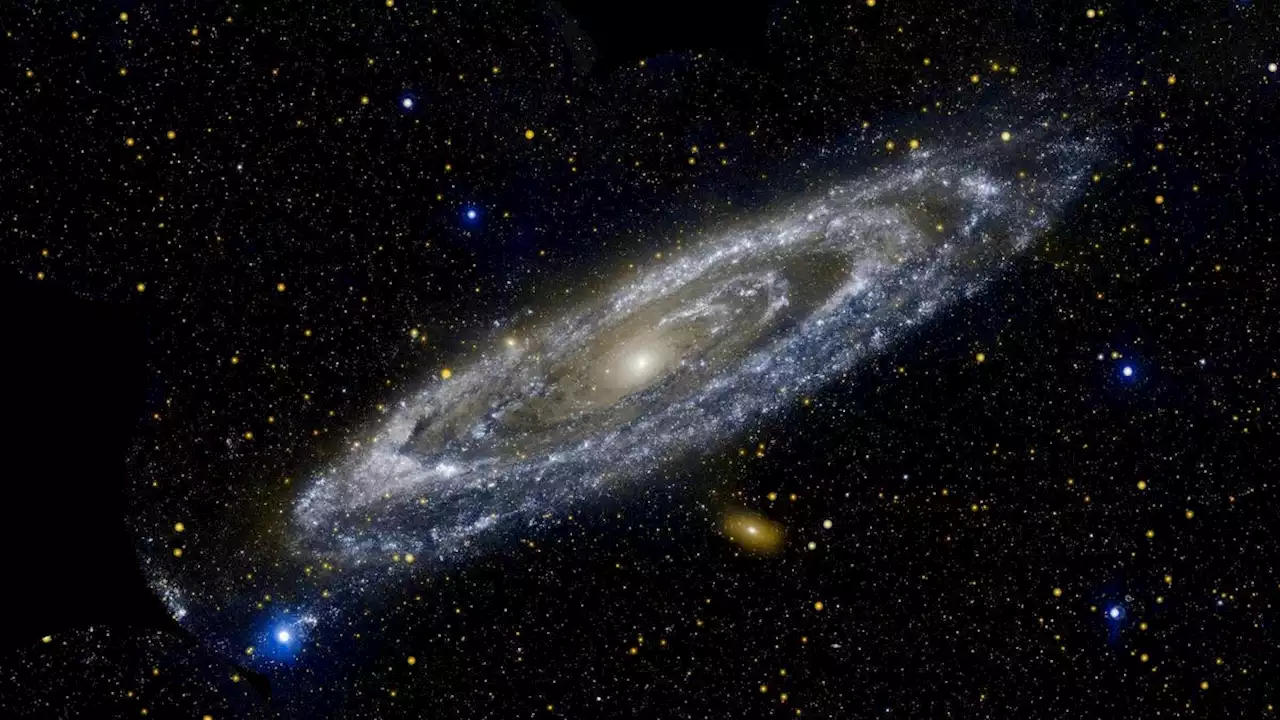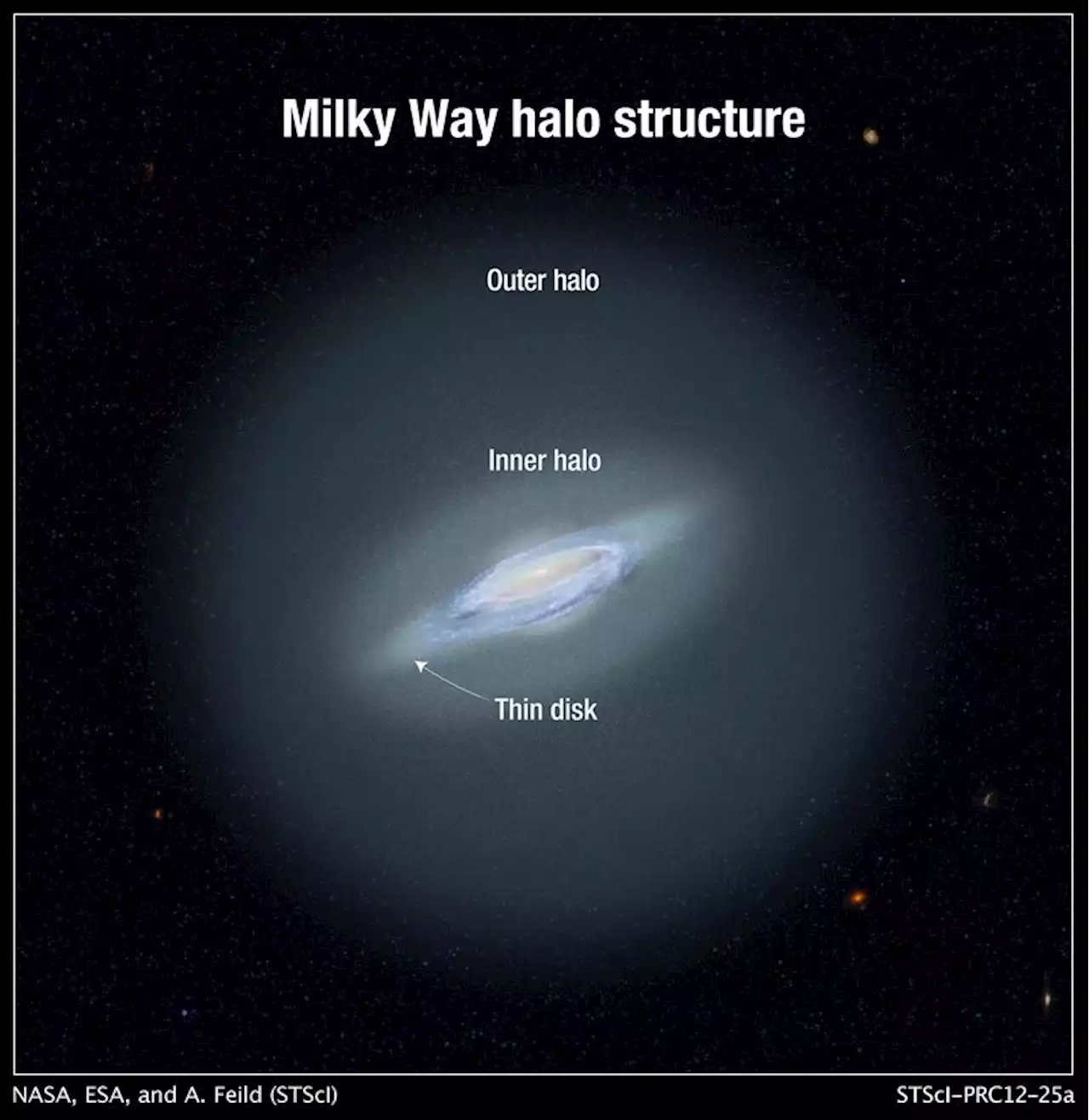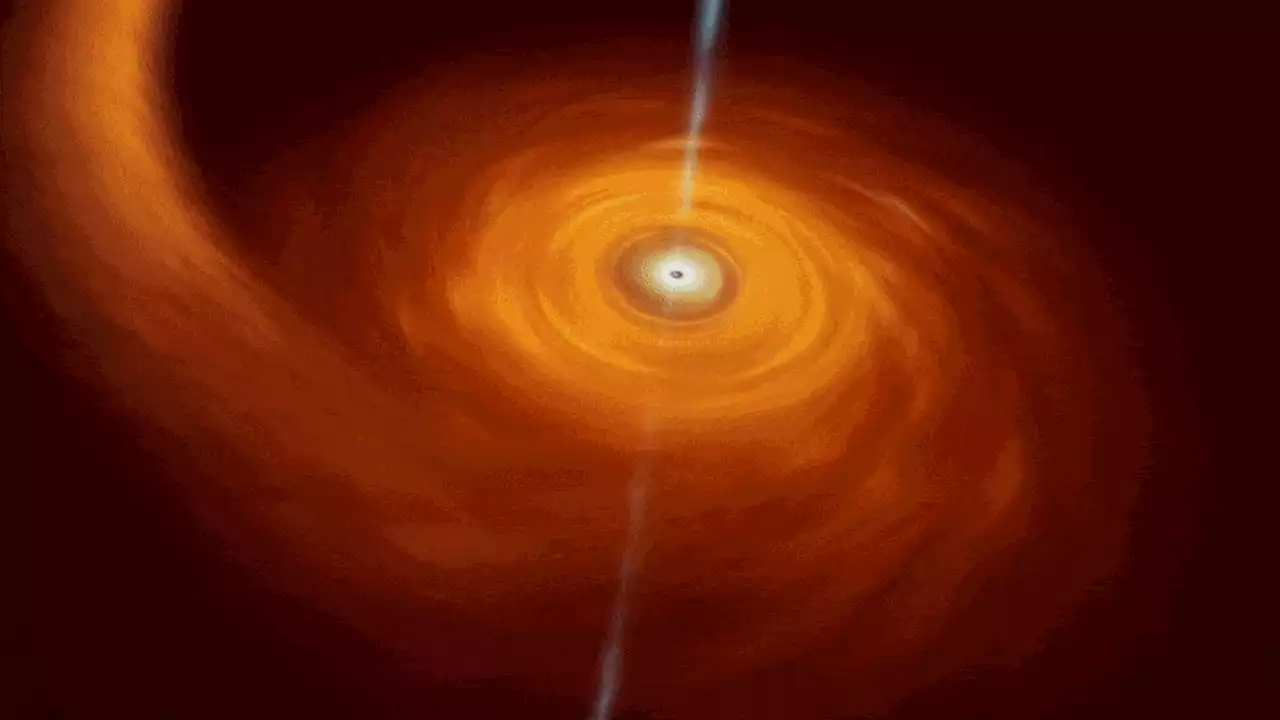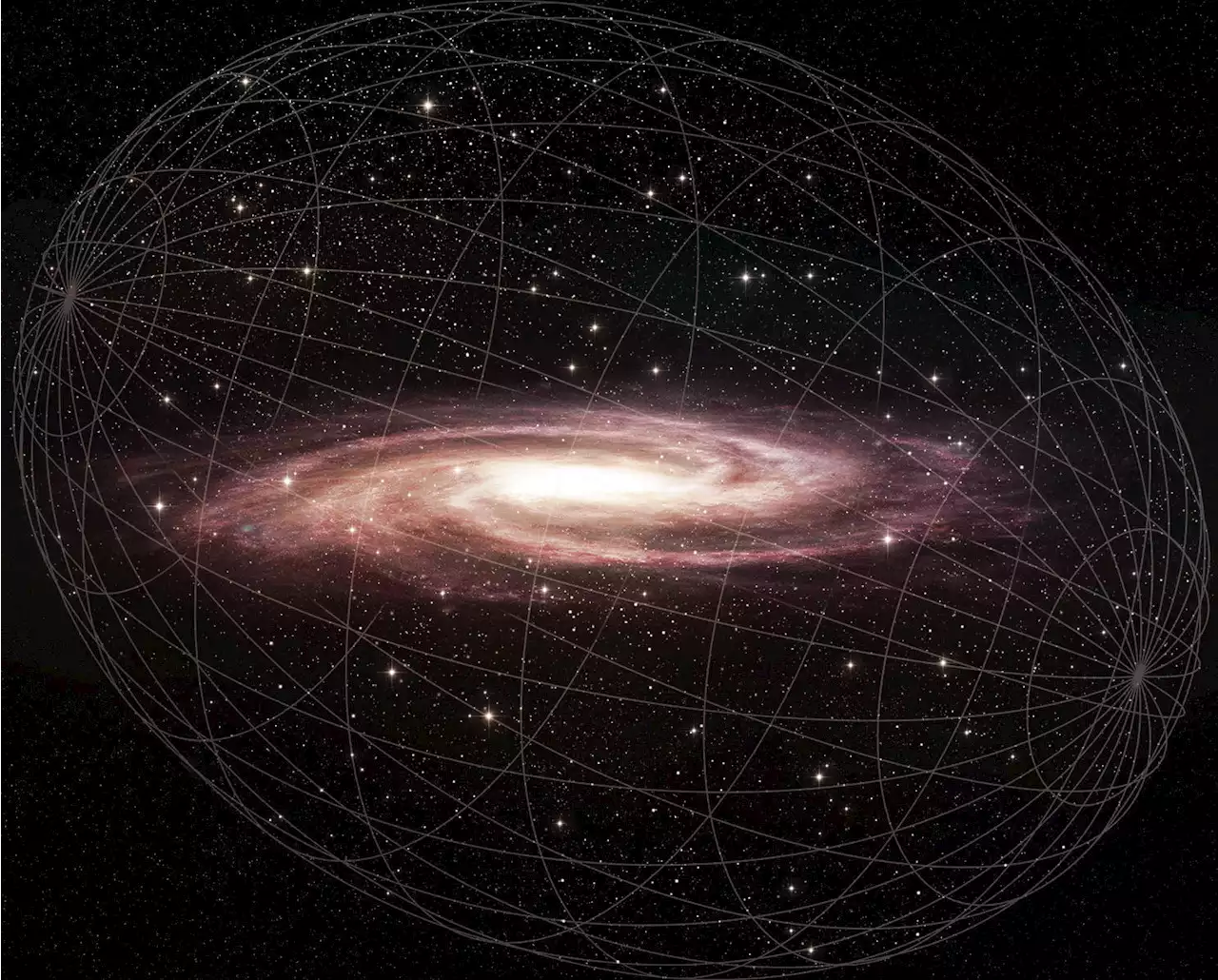Astronomers might have solved the mystery behind an unusually brightening star.
Sign up for CNN’s Wonder Theory science newsletter. Explore the universe with news on fascinating discoveries, scientific advancements and more. University of Washington doctoral student Anastasios Tzanidakis and research assistant professor of astronomy James Davenport were searching for “stars behaving strangely” when they received an alert about a potential stellar oddity from the Gaia spacecraft.
It remained this way for 7 years, from 2012 to 2019. The astronomers just happened to observe the star at the end of an eclipse that lasted for years. No other stars located near Gaia17bpp have exhibited any dimming of this magnitude. The team also searched through a digital catalog of astro-photographic plates at Harvard University dating back to the 1950s. “Over 66 years of observational history, we found no other signs of significant dimming in this star,” Tzanidakis said.
Argentina Últimas Noticias, Argentina Titulares
Similar News:También puedes leer noticias similares a ésta que hemos recopilado de otras fuentes de noticias.
 Business News - Latest Headlines on CNN Business | CNN BusinessView the latest business news about the world’s top companies, and explore articles on global markets, finance, tech, and the innovations driving us forward.
Business News - Latest Headlines on CNN Business | CNN BusinessView the latest business news about the world’s top companies, and explore articles on global markets, finance, tech, and the innovations driving us forward.
Leer más »
 Astronomers Find the Edge of Our GalaxyNew research on pulsing stars has shifted the boundary of the Milky Way a few thousand light-years closer to the Andromeda galaxy.
Astronomers Find the Edge of Our GalaxyNew research on pulsing stars has shifted the boundary of the Milky Way a few thousand light-years closer to the Andromeda galaxy.
Leer más »
 Astronomers find the most distant stars in our galaxy halfway to AndromedaAstronomers have discovered more than 200 distant variable stars known as RR Lyrae stars in the Milky Way's stellar halo. The most distant of these stars is more than a million light years from Earth, almost half the distance to our neighboring galaxy, Andromeda, which is about 2.5 million light years away.
Astronomers find the most distant stars in our galaxy halfway to AndromedaAstronomers have discovered more than 200 distant variable stars known as RR Lyrae stars in the Milky Way's stellar halo. The most distant of these stars is more than a million light years from Earth, almost half the distance to our neighboring galaxy, Andromeda, which is about 2.5 million light years away.
Leer más »
 Unprecedented Discovery: Astronomers Observe Most Distant Black Hole Devouring a StarLast year, the European Southern Observatory’s Very Large Telescope (ESO’s VLT) was alerted after an unusual source of visible light had been detected by a survey telescope. The VLT, together with other telescopes, was swiftly repositioned towards the source: a supermassive black hole in a distant g
Unprecedented Discovery: Astronomers Observe Most Distant Black Hole Devouring a StarLast year, the European Southern Observatory’s Very Large Telescope (ESO’s VLT) was alerted after an unusual source of visible light had been detected by a survey telescope. The VLT, together with other telescopes, was swiftly repositioned towards the source: a supermassive black hole in a distant g
Leer más »
 Harvard Astronomers Have Revealed the True Shape of the Milky Way’s Halo of StarsA recent study has unveiled the true shape of the diffuse cloud of stars surrounding the disk of our galaxy, known as the stellar halo. Previously thought to be largely spherical, like a beach ball, the new model, based on modern observations, shows that the stellar halo is oblong and tilted, simila
Harvard Astronomers Have Revealed the True Shape of the Milky Way’s Halo of StarsA recent study has unveiled the true shape of the diffuse cloud of stars surrounding the disk of our galaxy, known as the stellar halo. Previously thought to be largely spherical, like a beach ball, the new model, based on modern observations, shows that the stellar halo is oblong and tilted, simila
Leer más »
